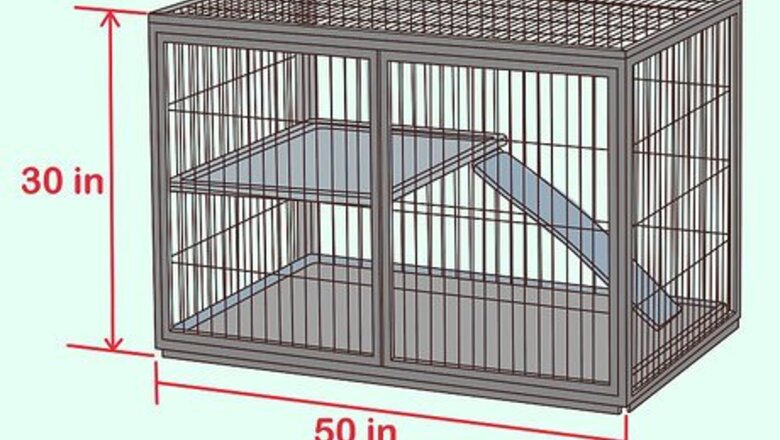
views
Feeding and Housing the Guinea Pigs
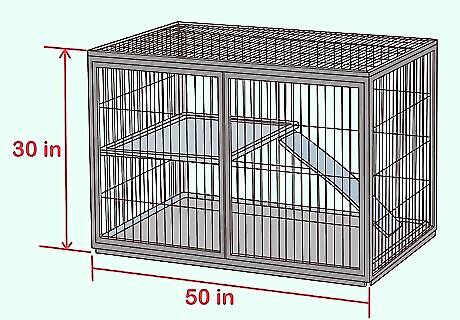
Select a large cage. Guinea pigs enjoy one another's company, so find a cage that's large enough for all of the guinea pigs you plan on keeping together. You should also consider getting an extra cage that has enough room for one guinea pig. If you need to separate a guinea pig that's not getting along, it should have at least 7.5 square feet (7 square kilometers) of space in its own cage. To keep: Two guinea pigs, choose a 30 in × 50 in (76 cm × 127 cm) cage. Three guinea pigs, buy a 30 in × 62 in (76 cm × 157 cm) cage. Four guinea pigs, get a 30 in × 76 in (76 cm × 193 cm) cage.
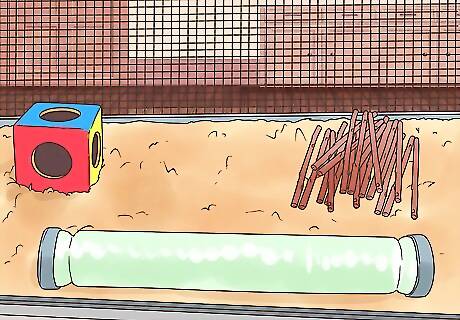
Line the cage and set out sticks or blocks to gnaw. Scatter unscented litter, shredded ink-free paper, or nesting materials that you buy from the pet store several inches deep in the bottom of the cage. Your guinea pig will use this space to sleep and toilet. Avoid spreading things that are heavily scented (such as cedar shavings, pine shavings, or sawdust). Place tunnels, wooden sticks, blocks, and hay in the cage. Your guinea pigs will need things to chew on and each pig needs a place to hide. These will make your guinea pigs feel more secure.
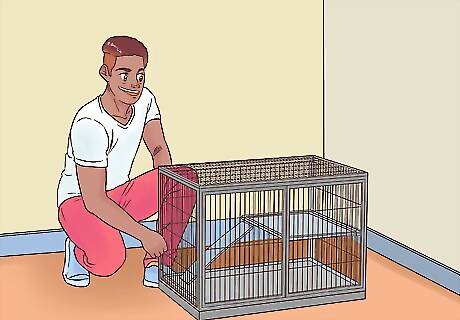
Set up the cage in a comfortable area of your home. Keep the cage in a dry space that's between 65 and 75 degrees F (18 to 24 degrees C) and is out of direct sun. Put the cage in an active area of your house so your guinea pigs can enjoy seeing and interacting with people. Ensure that the cage isn't right next to loud things (such as televisions, stereos, or laundry machines) since their hearing is sensitive. Clean the cage once a week, and spot clean the run every day.
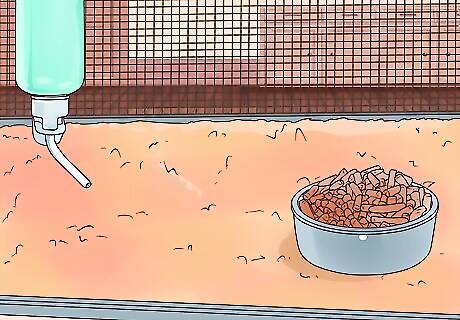
Set out fresh water and food. Your guinea pigs should always have access to fresh water. You can place the water in ceramic bowls or hang a water bottle or two on the side of the cage. Offer multiple or separate dishes of food to prevent the pigs from bullying each other or restricting one pig's access to food. Remove uneaten food and replace the water every day. You should also clean the food and water containers every few days. Remember to give your guinea pigs a combination of fresh hay (not alfalfa), fresh vegetable greens, commercial guinea pig food, and fresh fruit as a treat (only once or twice a week).
Introducing Another Guinea Pig
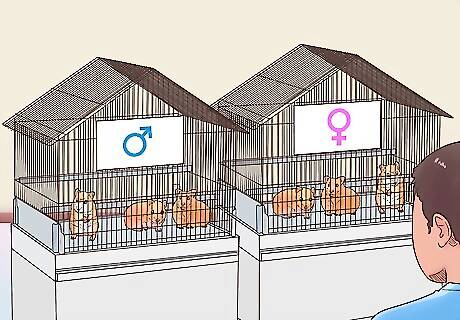
Decide what sex to get. Consider what guinea pigs you already have. Avoid getting more than one male per group of females since they can fight for dominance. If you have females or females with a neutered male, get another female. If you have several males, add another male, but try to get one that's younger than the established guinea pigs.
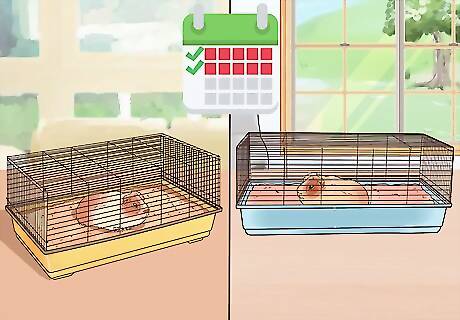
Keep the new guinea pig separated for 2 to 3 weeks. You'll need to quarantine your new guinea pig before you put it in the cage with the other guinea pigs. Quarantining is important to prevent the spread of disease between your pets. Keep the guinea new guinea pig in a separate cage in another room. Check the guinea pig for lice, fleas, skin problems (such as scratching, hair loss, or fungus), and wheezing. If you're concerned about the health of your new guinea pig, take it to the vet immediately for treatment. Always handle your new guinea pig after you've handled your established guinea pigs. Remember to wash your hands after handling the guinea pigs.
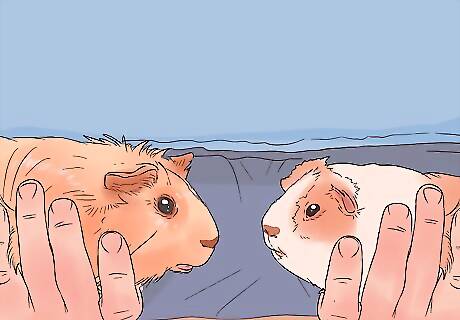
Introduce the new guinea pig. Once you're certain that the new guinea pig is completely healthy, give them a chance to interact. For example, lay a large towel on a couch and get a couple of friends or family members to hold the guinea pigs. Have each person sit on opposite ends of the couch with the guinea pigs. Let the guinea pigs move across the couch towards each other. Gradually extend the time they spend together, then try them together in the run or hutch. Supervise them until they have been together for prolonged periods (repeatedly) without fighting.
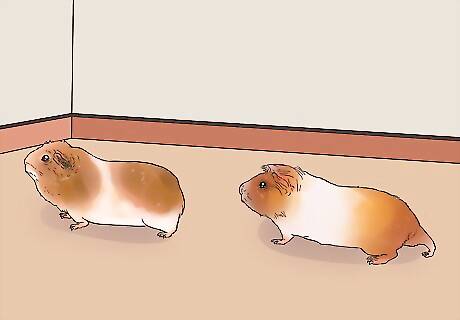
Watch for positive interactions. If the guinea pigs are getting along, they may go right up to each other and nuzzle one another. Your guinea pigs might just show signs of being curious about each other. These are common signs that your guinea pigs are just getting to know one another: Sniffing or nudging bottoms Chasing Dragging their bottoms Mounting each other Teeth chattering
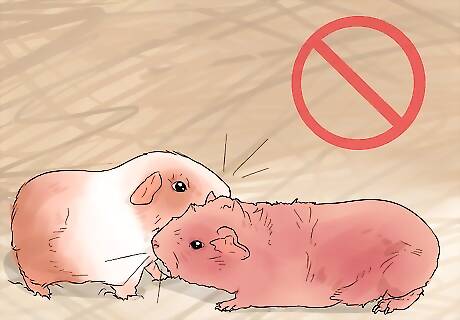
Separate and follow your guinea pigs' lead. If the guinea pigs look as though they're going to injure one another, you'll need to put them back in separate cages. Give them some time apart before trying to re-introduce them. While it's normal to see a little nipping, keep your guinea pigs apart if you notice: Blood being drawn Lunging or attacking Loud teeth chattering Rearing on their haunches Physical attacks
Socializing the Guinea Pigs
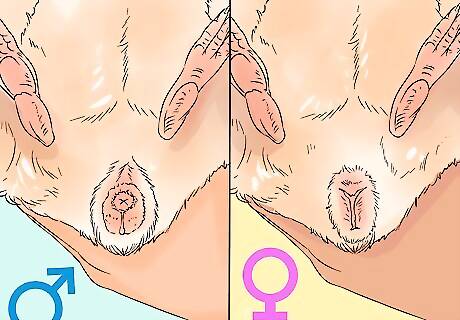
Check their sex. Keep in mind that if you keep male and female guinea pigs together, your guinea pigs will reproduce. You can keep neutered or spayed guinea pigs together, but it's still important to know their sex and if they've been sterilized. Females usually have a swollen mound over their genitals and a Y-shaped opening. If you press the genital area on males, you should see a small penis and feel a ridge right next to it. If you're unsure about the sex, you can ask the veterinarian to tell you. Pet stores are unreliable at determining the sex.
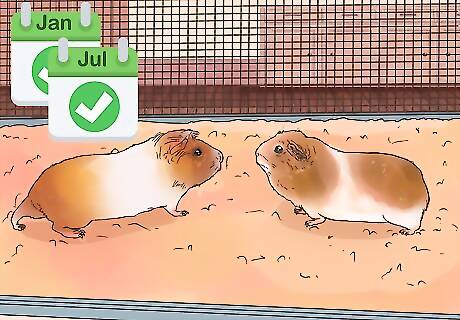
Start early if you're keeping males together. While female guinea pigs usually get along without any behavioral problems, males paired with males can become territorial over time. If you'd like to keep males together, house them in the same cage at a very early age (before 6 months old). They may still act up as they age, but they'll be more closely bonded.
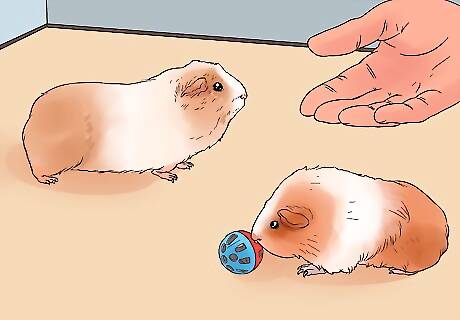
Spend time with all of your guinea pigs. Just because your guinea pigs have companions doesn't mean you're not needed. Take time every day to take your guinea pigs out of their cage and handle them. Play with the guinea pigs or just hold them and give them treats.













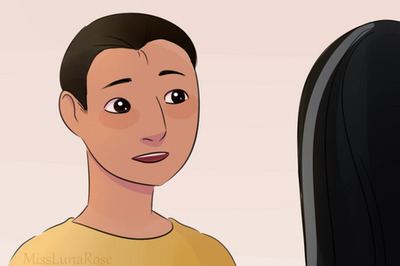





Comments
0 comment